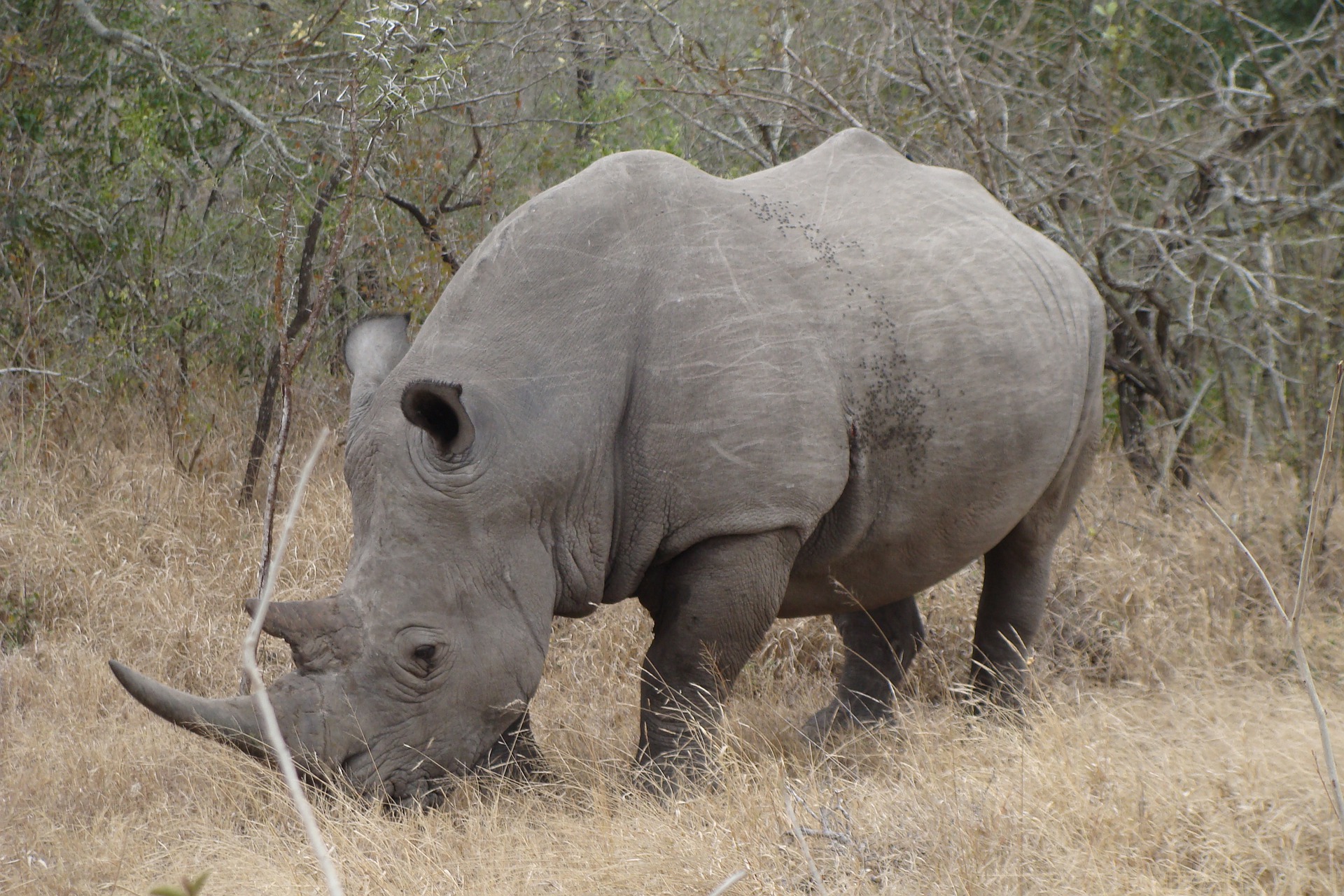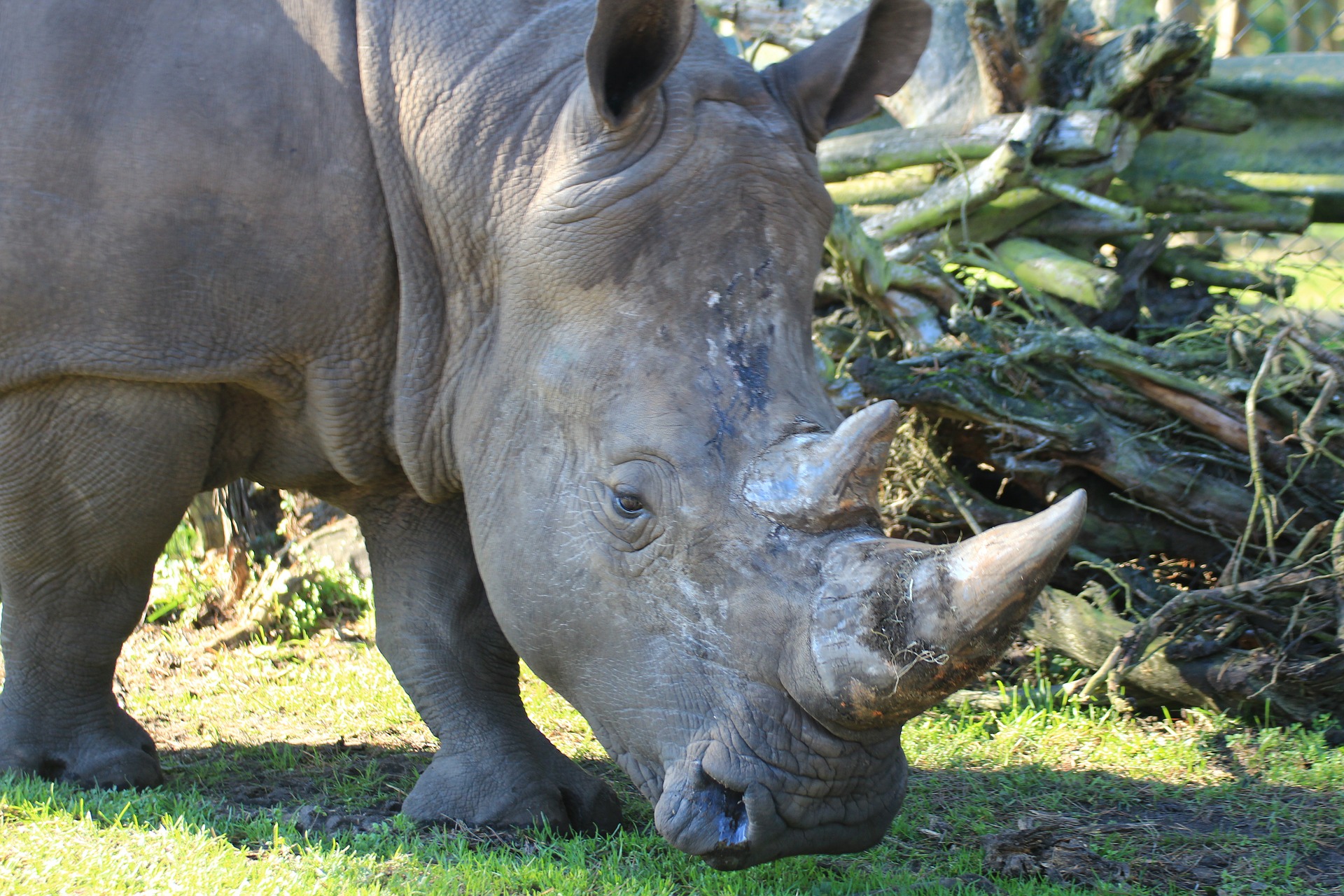

If people truly felt they did, they would stop the wasteful killing of rhinos and gnaw their own nails, and trim their own hair to feel better. A white rhino had a horn that was the longest ever recorded it was just about 60 inches long (five feet).Ī woman from Las Vegas, Nevada is thought to have the world’s longest fingernails, with around 10 feet of them on each hand, while a Chinese woman is said to have the world’s longest hair, measuring over 18 feet long! Unfortunately, neither human hair nor fingernails are thought to provide the therapeutic benefits that some people associate with rhino horn. Like our own hair and nails, it is essentially a compact clump of hair that keeps growing throughout the animal’s lifespan. The horn of a rhinoceros is not fused to its skull. They have huge heads and bodies, short necks, and wide chests.

One of the biggest and heaviest land animals in the world is the southern white rhino. Only populations of the southern white rhino (Ceratotherium simum simum), which has two separate subspecies, are still alive and well. This article will share with you some interesting Southern white rhino facts. Only four nations are home to the vast majority (98.8%) of southern white rhinos: South Africa, Namibia, Zimbabwe, and Kenya. Several nations in the east and central Africa once hosted northern white rhinos. South Africa is the nearly exclusive home of southern white rhinos. Although the vast majority of southern white rhinos are found in South Africa, the savannas of Kenya, Namibia, and Zimbabwe are home to nearly all of them. Southern white rhino is the rhinoceros subspecies that is most prevalent and widely found with so many facts. G.One of the two subspecies of the white rhinoceros is known as the southern white rhinoceros or southern white rhino. The embryos are now stored in liquid nitrogen to be transferred into a surrogate mother in hopefully near future. Using eggs collected from the two remaining females and frozen sperm from deceased males, we successfully created first northern white rhino embryos in vitro. These techniques are known, but most of them have not been performed in rhinos.Īfter years of research, an international consortium of scientists and conservationists coordinated by Dvůr Králové Zoo and led by IZW Berlin achieved in 2019 a milestone in assisted reproduction that may be a pivotal turning point in the fate of the NWR. The only hope for the NWR thus lies in artificial techniques of reproduction such as in vitro fertilization, embryo transfer or different forms of genetic engineering like a generation of stem cells that could be later used for generating reproductive cells. Examinations of the two females showed that neither is currently capable of natural reproduction. Following the death of the last fertile northern white male in Ol Pejeta in October 2014, experts from our zoo together with experts of IZW Berlin, Ol Pejeta and Kenya Wildlife Service gathered in Kenya to carry out health checks on then remaining three rhinos. Unfortunately, observed matings have not led to a pregnancy. So in the hope that natural surroundings close to their original habitat may prompt their breeding we sent two NWR couples in 2009 to Ol Pejeta. We have tried inserting a hormonal implant, we have even artificially inseminated NWR females, but no pregnancy from these techniques occurred. So we turned to artificial techniques of reproduction. However, it was back in 2000 when the last calf was born.

Thanks to our advanced breeding programme that started in the 1970s, Dvůr Králové Zoo is the only animal park in the world where the northern white rhino has been bred. The response of the politicians and local leaders of DR Congo was so limp, that the NWR was poached to extinction in the wild before they were translocated. Unfortunately, the specimens from the wild have never arrived to Ol Pejeta. Ol Pejeta was chosen by experts from IUCN African Rhino Specialist Group as the best place where to try to save the NWR by getting the last fertile animals from captivity together with the last animals from the wild. Both were transferred from our zoo to Ol Pejeta Conservancy in Kenya in 2009. Who are these two last remaining individuals? Both females Najin and Fatu were born in our zoo in 1989, respectively in 2000. This fact makes us one of the main institutions involved in efforts to save the northern white rhino (NWR). Confirmed signs of their presence in nature have not been seen since 2007 and there are only two specimens known to humans at present, both owned by the Dvůr Králové Zoo. These magnificent creatures roamed freely in large parts of central Africa for hundreds of thousand years, but due to demand for rhino horn were recently poached to extinction in the wild. The northern white rhino is perhaps the rarest mammal at present.


 0 kommentar(er)
0 kommentar(er)
